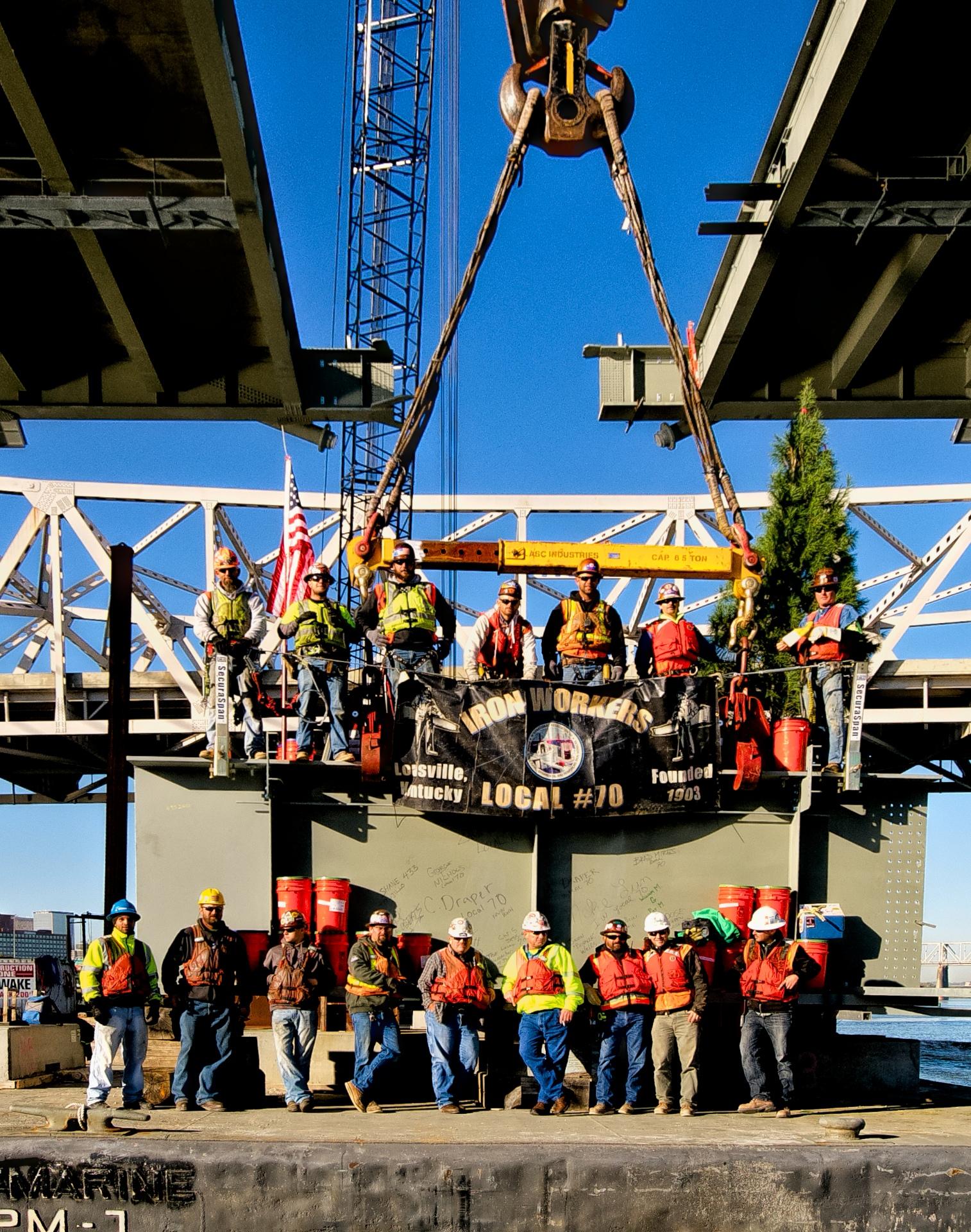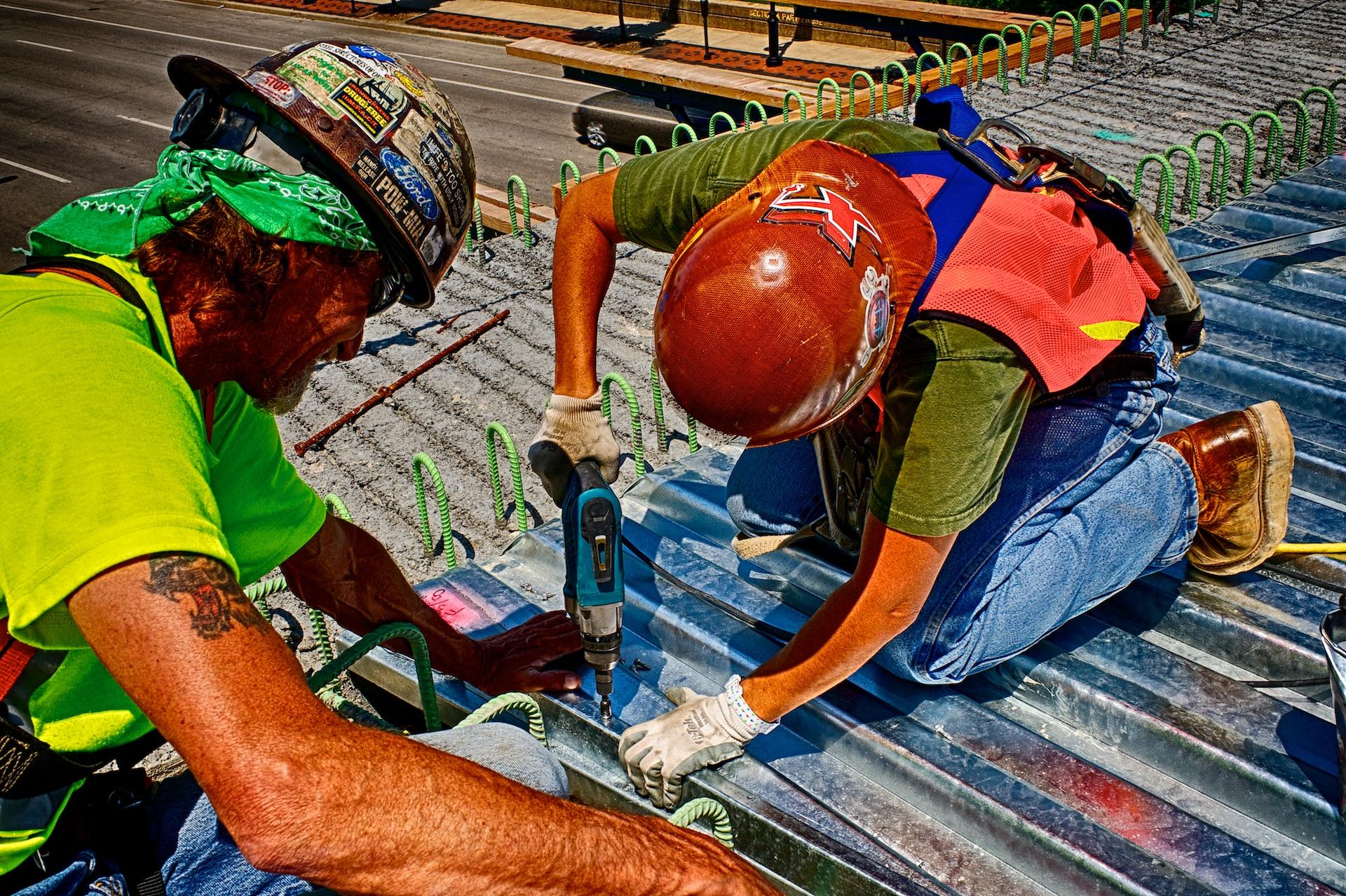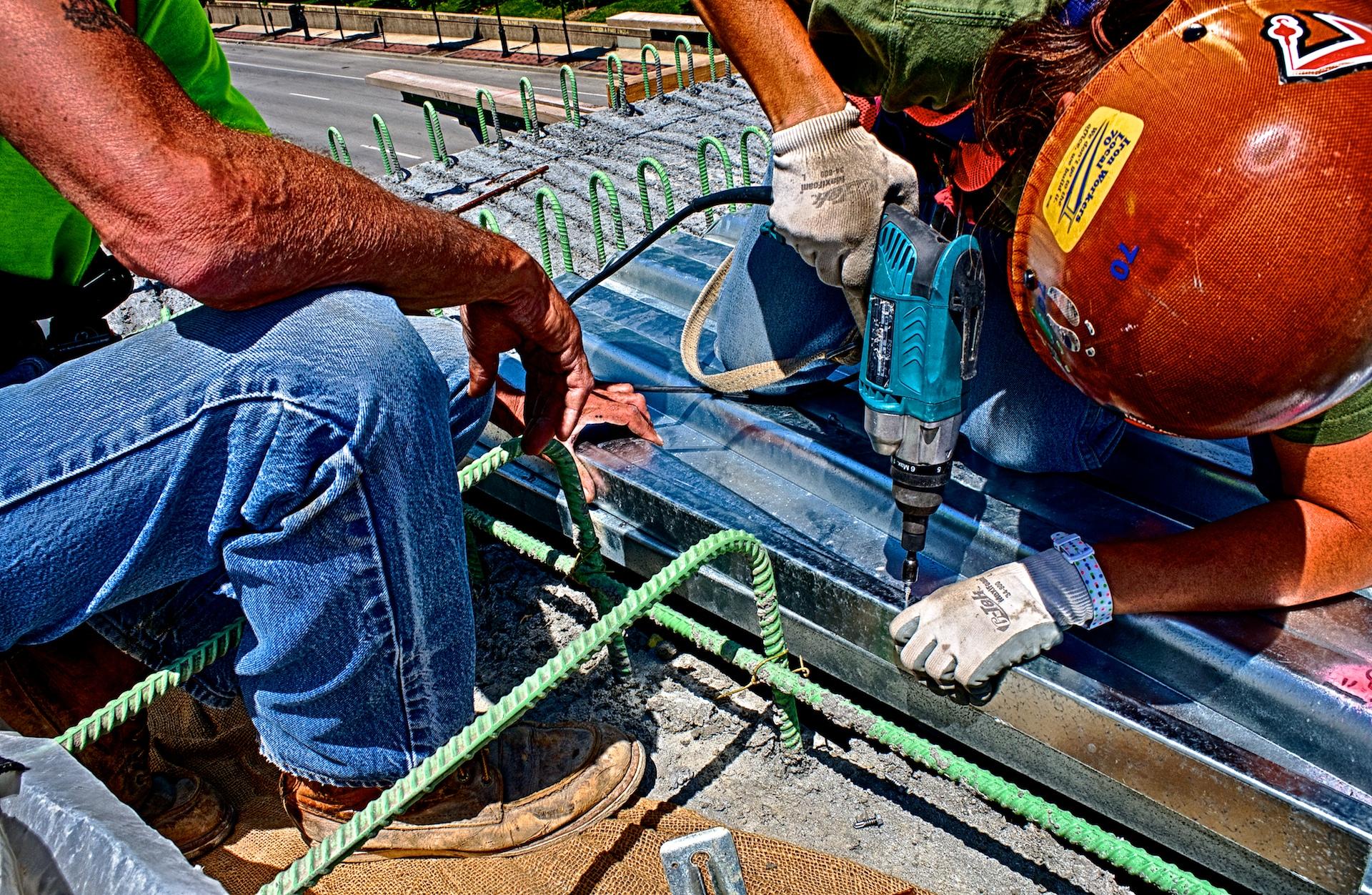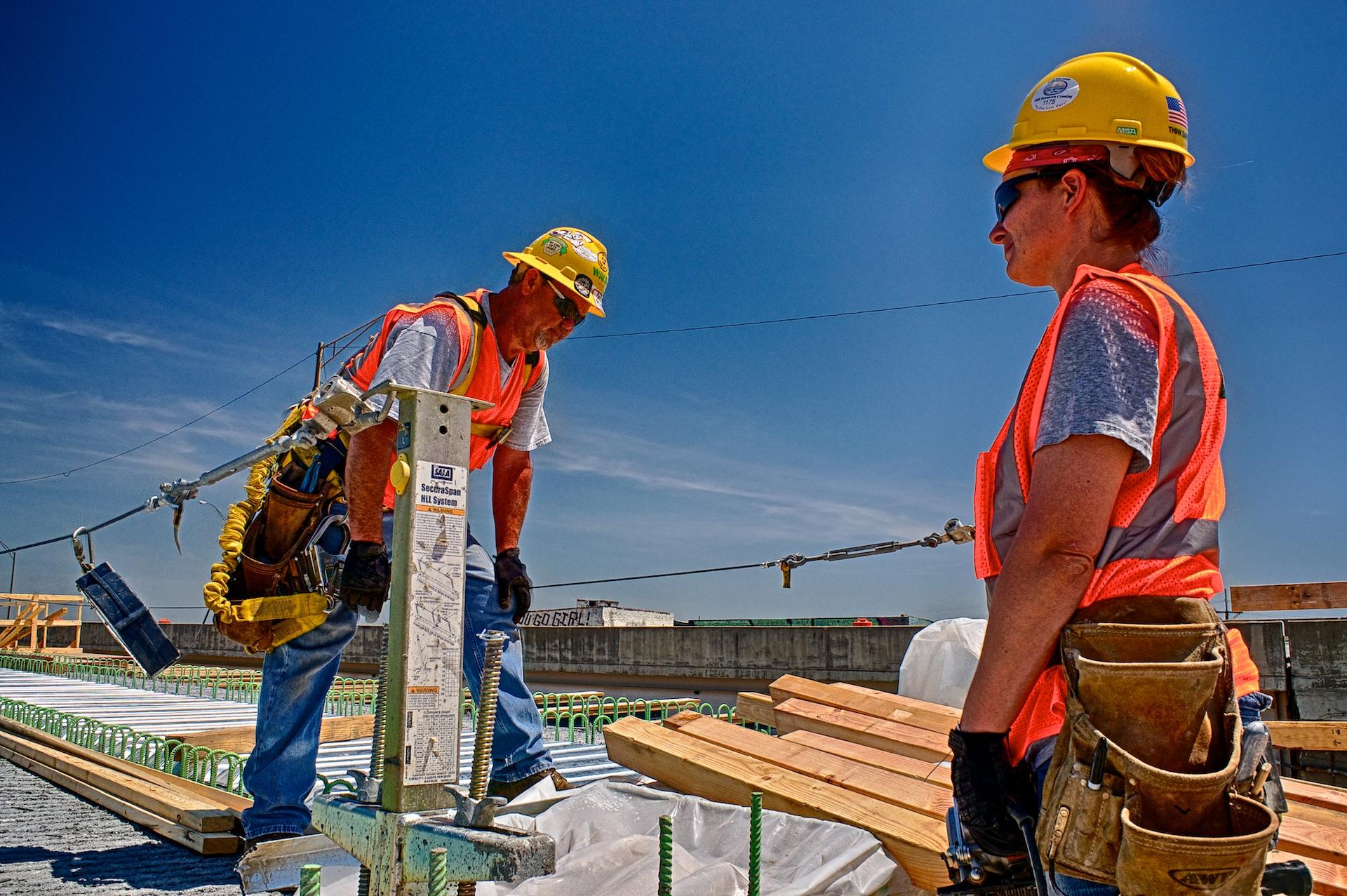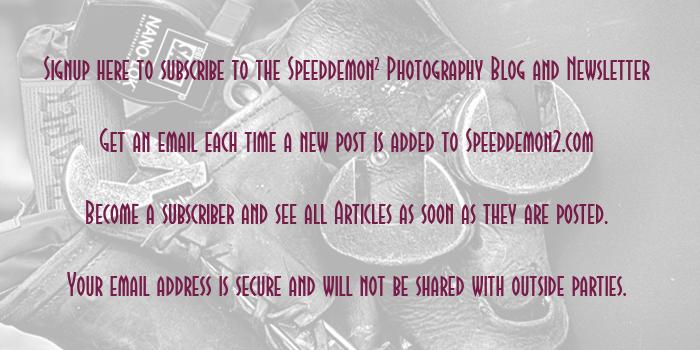These two photos show the Ironworker’s Topping Out Ceremony that joined the north and south sections of the downtown span of the Ohio River Bridges Project. On Oct 19, 2015 the raising gang were getting ready to lift final segment into place on the Ohio River Bridges Project.
The tradition among Ironworkers is to place an evergreen tree on the last section of a project to symbolize the safe completion of the structural steel. They do it to mark another job that everyone survived. Ironworking is a dangerous occupation and the possibility of loss of life is always there. Fortunately the men and women on this job were able to complete their work without any injuries or anyone losing their life.
They also sign the last piece of steel before placing it. On this day I was also asked to sign the segment because I had been with them all the way trough the job of erecting the bridge steel. From setting the first side girder exactly 364 days before this on on October 18, 2015 until this final segment was in place they worked safely and quickly to make this milestone.
Click on an image to open it in a new window.
